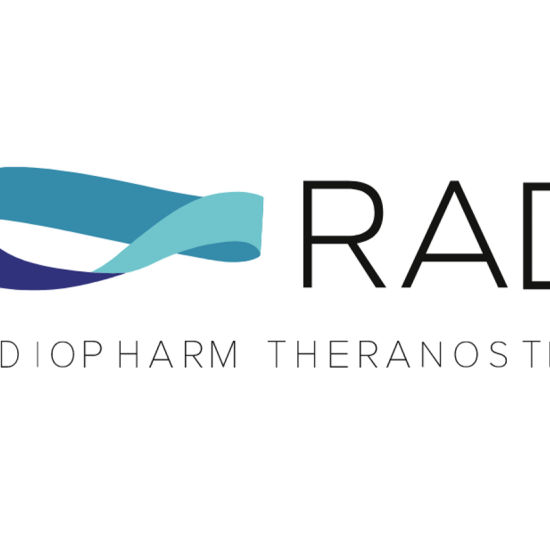Sona’s latest development in the realm of cancer therapy has shown promising results in activating a systemic immune response in a murine breast cancer model. This groundbreaking accomplishment has potential implications for advancing cancer treatments and optimizing patient outcomes.
One of the distinguished features of Sona’s cancer therapy is the underlying mechanism of action, which primarily involves a deliberate immune response. In essence, the therapy, unlike conventional treatments, mobilizes the immune system to fight against cancerous cells. This strategically designed approach remarkably reduces the likelihood of healthy cells being unintentionally destroyed, while precisely targeting and annihilating malignancies. The strategy deviates from standard cancer therapies that often indiscriminately destroy both cancerous and normal cells, leading to unpleasant side effects.
In their pre-clinical trials, researchers used a murine model of breast cancer to test the effects of Sona’s groundbreaking therapy. Remarkably, they observed a robust and systemic immune response post-treatment. The systemic response is particularly important as it means the immune system’s action is not limited to the initial tumor site but spreads throughout the body. This implies that the therapy would be effective in controlling metastatic cancer, i.e., cancer that has spread to other organs from its initial site. This extensive reach raises hopes for therapeutic intervention even in the advanced stages of cancer, exhibiting an essential improvement in eliminating metastatic breast cancer cells.
Intriguingly, this wide-ranging immune response is thought to be achieved via activation of specific immune cells known as cytotoxic T-cells. These cells, once activated, acquire a remarkable ability to identify cancerous cells and destroy them effectively. The ingenious part of Sona’s therapy is that it appears to ‘train’ these cytotoxic T-cells to recognize cancer-specific antigens, helping to distinguish malignancies from healthy cells. Through this targeted destruction, Sona’s therapy aims to mitigate collateral damage often observed in conventional treatments, such as chemotherapy and radiation.
Furthermore, with the successful results obtained thus far, it is speculated that Sona’s therapy may also serve as a prophylactic shield against tumor relapses—that is, patients treated with Sona’s therapy may gain long-lasting immunity against breast cancer, reducing the chances of recurrence.
Indeed, the current findings from Sona’s cancer therapy are promising, but it is also important to note that these initial results have been achieved from a murine model. There is a long journey from lab to clinical trials, therefore, any extrapolations to human cancer treatment remain speculative. In-depth research is required to fully understand the potential benefits and risks associated with this treatment. Moreover, understanding the mechanism of action and the criteria for administration is essential for patient selection and to maximize the therapy’s efficacy.
Although the pre-clinical trial results are a significant breakthrough in immunotherapy, fundamental challenges are yet to be overcome. Knowing how cancer cells interact with the immune system and identifying methods to boost responses while managing potential adverse effects are areas for future exploration.
In conclusion, Sona’s innovative cancer therapy presents a stepping-stone in transforming our understanding of combating cancer by harnessing the immune system. The targeted approach towards cancer cells while preserving the healthy ones provides an optimistic outlook for cancer therapy. However, additional comprehensive research is needed to transcend this scientific breakthrough into practical applications for successful patient outcomes.
Sona’s therapy epitomizes an era of biotherapeutic advances that promise a brighter and more hopeful future for cancer patients across the globe. As we move forward, the crux lies in continued research and testing to ensure that these innovations translate to real-world solutions, offering an effective arsenal in the ferocious battle against cancer.




